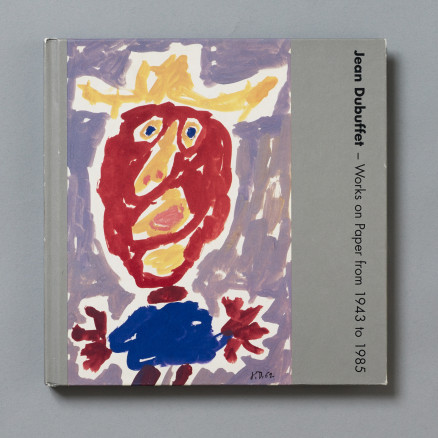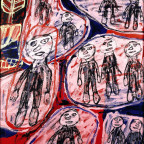Biography
The exhibition presents works on paper from throughout Dubuffet’s career and paintings from the last two decades of his life. The works exhibited represent the diversity of his practice as a non-conformist whose career was subject to constant re-invention. The human figure, landscape and the mundane object are the recurrent themes of his work. Dubuffet’s images of people are expressionless characters, figures seemingly without identities. Throughout his career he was preoccupied with the exploration of the direct language of materials. A range of media such as paint, charcoal, crayon, biro and felt-tip pen shaped and formed the process of mark making on two-dimensional surfaces. For Dubuffet, material was as important as form. Dubuffet relentlessly questioned the possibilities of art practice. He did not consider beauty or visual pleasure to be valid objectives for an artist. Rather, art was ‘a language, an instrument of knowledge and an instrument of expression’ that ‘addresses itself to the mind, not to the eyes’. Dubuffet was driven by a desire to create works that challenged assumptions and accepted ideas about art. He was the foremost proponent of ‘art brut’ or ‘raw art’, the art of children and the insane, believing that their innocent or untutored outlook gave them the most direct access to their emotions, making their art more ‘honest’.
Read more








